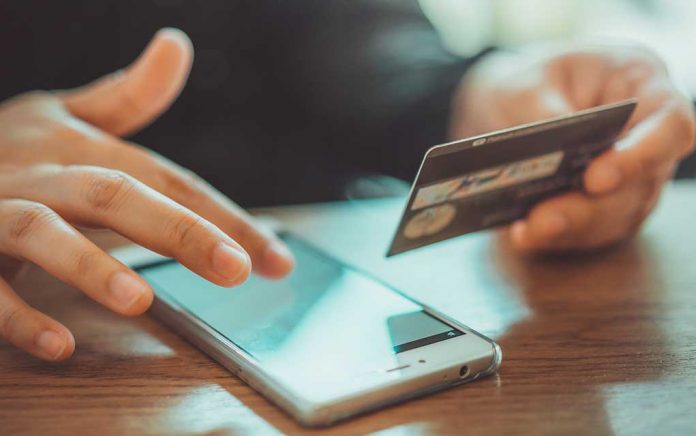
By the year 2027, more than 50 percent of the workforce will be freelancing. That’s over 86 million people hustling each and every day to find enough work to keep those dollars rolling in. Do you want to get in on the game? Sure, you do! Keep in mind, though, that the freelance world is rife with scams. You must learn how to spot these red flags if you want to be a successful freelancer.
To be a successful freelancer, you must learn how to locate genuine jobs in a world full of scams. Fortunately, you can spot scams by paying attention to red flags. If you have to give too much personal information, pay money to get a job, complete free work or accept payments in an unusual way, you may be dealing with a scammer. Get the details on how to spot red flags and avoid getting scammed in the article below.
Requests for Personal Information
When you’re a freelancer, you’re your own boss, which means you don’t typically have to supply personal information. If a potential client asks you for your social security number, checking account number, birth certificate or any other personal identification, you may be dealing with a scammer.
Keep in mind that there may be some exceptions. Well-known companies may have an onboarding process that includes setting up direct deposit. You may need to fill out a W2 form for tax reporting purposes. Larger, well-established companies are often making legitimate requests. Don’t give personal details to individuals you know nothing about.
You Have to Pay to Work
You should never have to pay to obtain legitimate work. You may be getting scammed if you have to pay for training, purchase the company’s products or fork over a registration fee.
Some reputable freelance sites, such as Upwork, charge fees in exchange for allowing you to bid on projects. When in doubt, look for honest, third-party reviews about the platform before making a decision.
Methods of Payment Are Out of the Ordinary
As a freelancer, you choose how and when you want to get paid. Typically, payments are made digitally via credit card, a third-party freelance platform, PayPal or check. If a potential client only wants to work with you if you give them direct access to your personal account, you should be wary.
It’s common in the freelance world to collect a certain percentage of your fee before work begins and then bill for the rest when the project is finished or when you reach certain milestones. There is always a chance you may not get paid If a client only wants to pay you in full when they receive all the work. You may even be dealing with a money laundering scam if they want to wire you a large amount of money upfront.
You Must Complete Spec Work
Some potential clients will ask you to complete a free or “test” project in order to be considered for the job. In these cases, your samples and portfolio should tell them everything they need to know. Requests for spec work are often attempts to get free work. Don’t fall for it. Paid test projects, on the other hand, are legitimate and common.
There are a lot of scams in the freelance world, but the good news is they’re often easy to spot. Watch out for red flags and you should be able to navigate the freelance world easily without falling prey to unscrupulous characters.


















